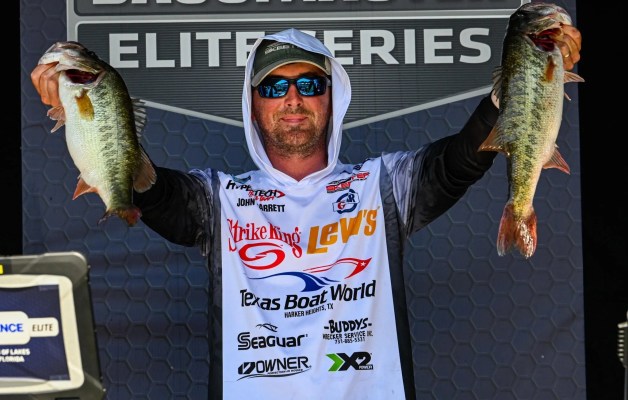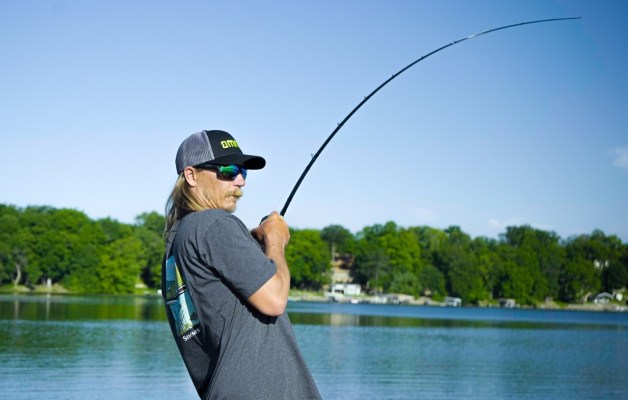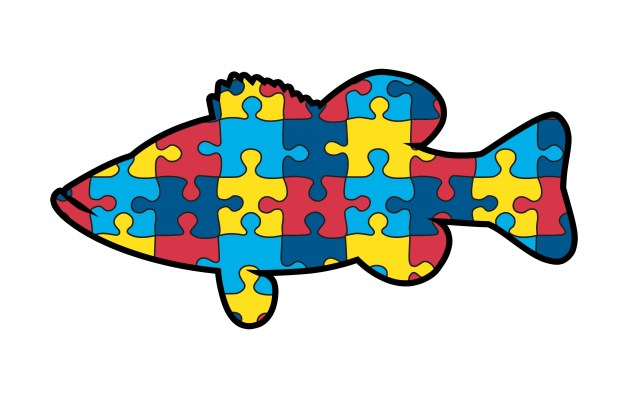Last time I mentioned a new stat I’ve come up with to assess angler performance. I think it’s better than the “average finish” stat I calculated a few weeks ago insofar as it’s more fair.
Average finish doesn’t give an angler any bonus for completely dominating the field in a tournament. If you win by 10 pounds or one ounce, you get the same credit. Likewise, if you finish 25th, but are actually just a few pounds out of first or just ounces out of 18th or wherever, you don’t get credit for that, either.
And that’s unjust. If you dominate, there should be a way to account for that, and if the margin between you and the anglers ahead of you is slim, but you’re bunched together with a lot of other anglers having a similar performance, you shouldn’t take a big hit just because you were an ounce or two lighter than the other guys.
The real problem is the “cut.” Since the Elite field is cut in half after two days and to the top 12 after three, everyone’s not given the same opportunity to fish and impact their standing. You could be an ounce outside the cut (it happens all the time), but it might as well be 10 pounds. Until the day when cuts are eliminated (and that may never come), we need a better system for assessing performance than average finish.
I think I found it.
I call it BAXAB (nice palindrome, huh?) and it stands for bassing average times average bass. To get the score, I take an angler’s bassing average (the average number of bass he brings to the scales each day he competes) and multiply it by the size of his average bass as a percentile of the field’s average bass. Finally, you divide by the league BA to get a score that centers around 1.0. Any angler with a score higher than 1.0 is above average; any angler with a score lower than 1.0 is below average.
Confused? Yeah, that could have gone better. Let me explain with an example.
The league bassing average after 65 Elite tournaments since 2006 is 4.56. It means the average Elite angler going to the scales is about half a bass short of his limit. The average bass weight is 2.77 pounds, but we’re going to take the average weight for each season and call it 1.0 (that’s not pounds, but a normalized score). Multiply the two and you get 4.56. Divide by 4.56 and you get 1.0 — a completely average score.
Now let’s use a specific example with a real angler. Bryan Hudgins fished the Elite Series back in 2007 and 2008. In his short career as an Elite angler he had a career bassing average of 4.4483 (a little below average) and an average bass score of 0.9999 (as close to average as you can get). That gives him a raw BAXAB score of 4.5021 and a final score of 0.9756.
What does it mean? Well, when you boil it all down, it means that Hudgins’ performance was a little less than the average. He was 97.56 percent of the average, or about 2.5 percent below the average.
Applying the same formula to all the anglers who have fished the Elites, here are the top 12:
# Angler BAXAB
1. Kevin VanDam 1.2243
2. Skeet Reese 1.2226
3. Ott DeFoe 1.1960
4. Aaron Martens 1.1715
5. Edwin Evers 1.1565
6. Todd Faircloth 1.1545
7. Terry Scroggins 1.1392
8. Michael Iaconelli 1.1362
9. Steve Kennedy 1.1309
10. David Walker 1.1243
11. Randy Howell 1.1152
12. Dean Rojas 1.1149
If you ask me who are the dozen best anglers in the Elite Series over the history of the trail, I’ll stand behind that list quite comfortably. I even like the order, though I think Ott DeFoe (with just two Elite seasons under his belt) still has a little proving to do. David Walker has also had just two years with the Elites, but his career numbers with B.A.S.S. prior to that and with FLW since the 1990s show us he deserves his position on the list.
BAXAB takes into consideration the two things every tournament scoring system should cover — numbers and size. The concern I initially had with it (that bass size varies pretty dramatically from one season to the next because of differing venues) is covered because I normalized the scores and made them percentages of the average bass size for each year rather than raw pounds and ounces.
BAXAB reminds me of my all-time favorite statistic: Half the people you know are below average. I still laugh when I think of that one!
One way to look at these BAXAB numbers is to say that Kevin VanDam and Skeet Reese have been 22 percent better than average over the past seven seasons. It may not seem like a lot (or it may), but bass fishing is a game of ounces, and if you’re even 4 percent better than the average over the long haul, it means you make a lot more cuts, cash a lot more checks, make a lot more Classics and win a lot more money. A margin that small is often the difference between living your dream or going back to your “real job.”
In baseball, the difference between a .300 hitter and a .260 hitter seems like a lot until you realize that it’s exactly 4 percent.
To say that KVD and Reese have been 22 percent better than average is to say that there’s been a chasm between them and the average Elite angler.
I think BAXAB looks about right and passes the sniff test with flying colors.





